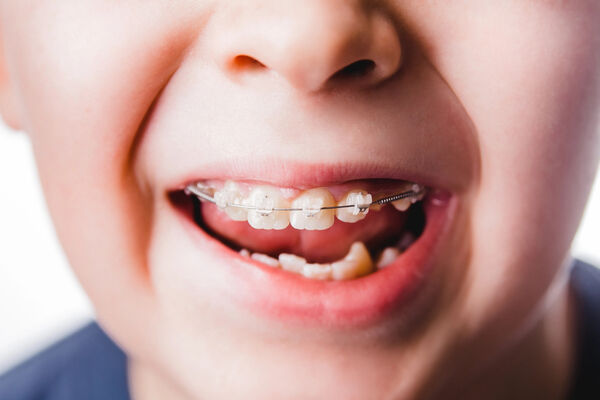
Early Orthodontic Treatment
Early orthodontic treatment, also known as Phase 1 treatment, addresses orthodontic issues while a child's jaw is still developing. By intervening at a young age, we can guide proper jaw growth and tooth eruption, potentially preventing more serious problems and simplifying future orthodontic care.
When to Consider Early Treatment
The American Association of Orthodontists recommends that children have their first orthodontic evaluation by age 7. At this age, the first permanent molars and incisors have usually erupted, allowing us to identify potential problems with jaw growth, crowding, or bite issues. Early signs that might indicate the need for orthodontic intervention include difficulty chewing or biting, mouth breathing, thumb or finger sucking beyond age 5, speech difficulties, protruding teeth, teeth that don't meet properly, or facial asymmetry. Early evaluation doesn't always lead to treatment, but it allows us to monitor development and intervene at the optimal time if necessary.
Benefits of Early Intervention
Early orthodontic treatment offers several significant advantages. It can guide proper jaw growth to accommodate all permanent teeth and improve the relationship between the upper and lower jaws. This may prevent the need for tooth extractions or jaw surgery later in life. Early treatment can also correct harmful oral habits, improve appearance and self-esteem during critical developmental years, and reduce the risk of trauma to protruding front teeth. Additionally, addressing certain orthodontic issues early often results in shorter and less complicated Phase 2 treatment (comprehensive orthodontics) during the teenage years.
Common Early Treatment Approaches
Early orthodontic treatment may involve various appliances depending on the specific issues being addressed. Palatal expanders widen the upper jaw to correct crossbites and create space for crowded teeth. Partial braces might be used on select teeth to begin alignment or to correct specific problems. Space maintainers preserve space for permanent teeth after premature loss of baby teeth. Habit-breaking appliances help children overcome thumb sucking or tongue thrusting. Headgear or other growth modification devices may be used to guide jaw growth and improve the relationship between the upper and lower jaws. These treatments typically last 9-18 months and are followed by a resting period while permanent teeth continue to erupt.
The Two-Phase Approach
For many children who receive early treatment, orthodontic care follows a two-phase approach. Phase 1 occurs during mixed dentition (when both baby and permanent teeth are present), typically between ages 7-10. After Phase 1, we monitor your child's development during a resting period as the remaining permanent teeth erupt. Phase 2 begins once most or all permanent teeth have erupted, usually during adolescence. This phase involves full braces or aligners to achieve final tooth positioning and optimal bite function. The groundwork laid during Phase 1 often makes Phase 2 treatment shorter and less complicated than it would have been without early intervention.
Is Early Treatment Right for Your Child?
Not every child needs early orthodontic treatment. Many orthodontic issues can be effectively addressed with a single phase of treatment during adolescence. During your child's evaluation, our orthodontists will carefully assess their unique situation and recommend early treatment only when the benefits clearly outweigh waiting. We consider factors such as the severity of the problem, the potential for improvement, the likelihood of avoiding more invasive treatments later, and your child's maturity and ability to cooperate with treatment. Our goal is always to achieve the best possible outcome with the most efficient and comfortable treatment approach.
Ready to Transform Your Smile?
Our team of orthodontic specialists is ready to help you achieve the smile you've always wanted. Contact us today to schedule a consultation and learn more about how early orthodontic treatment can benefit you.
Schedule a Consultation